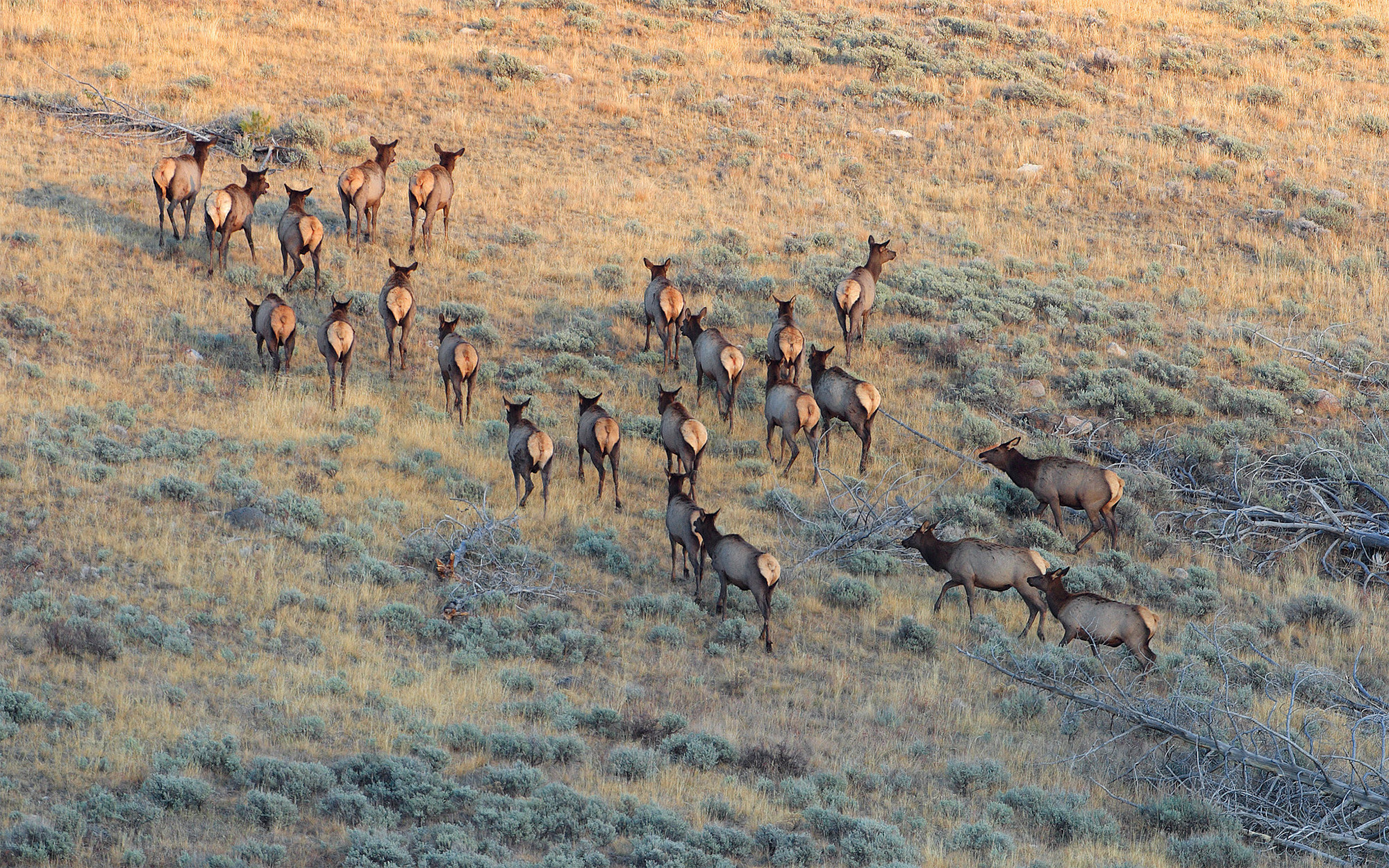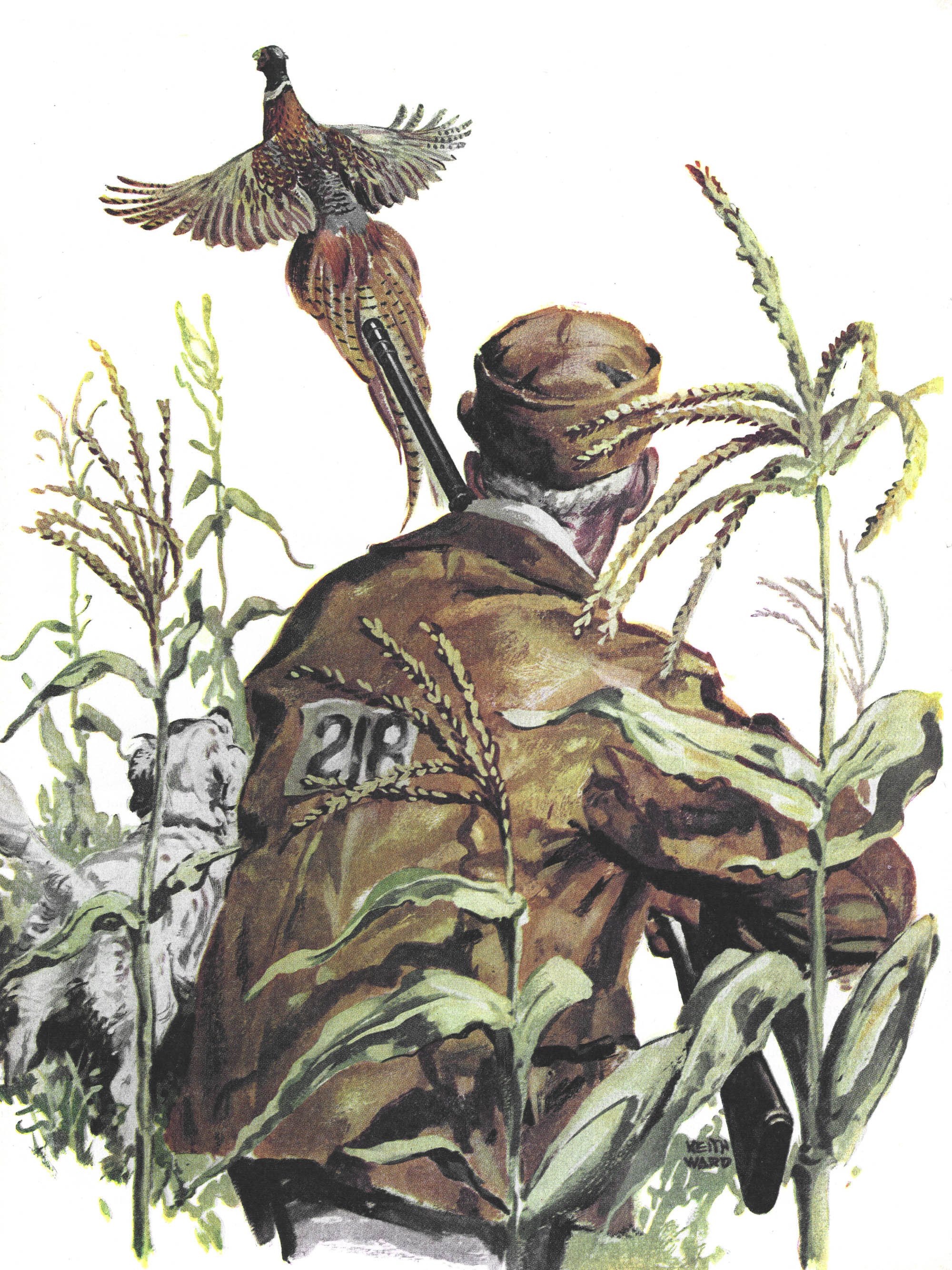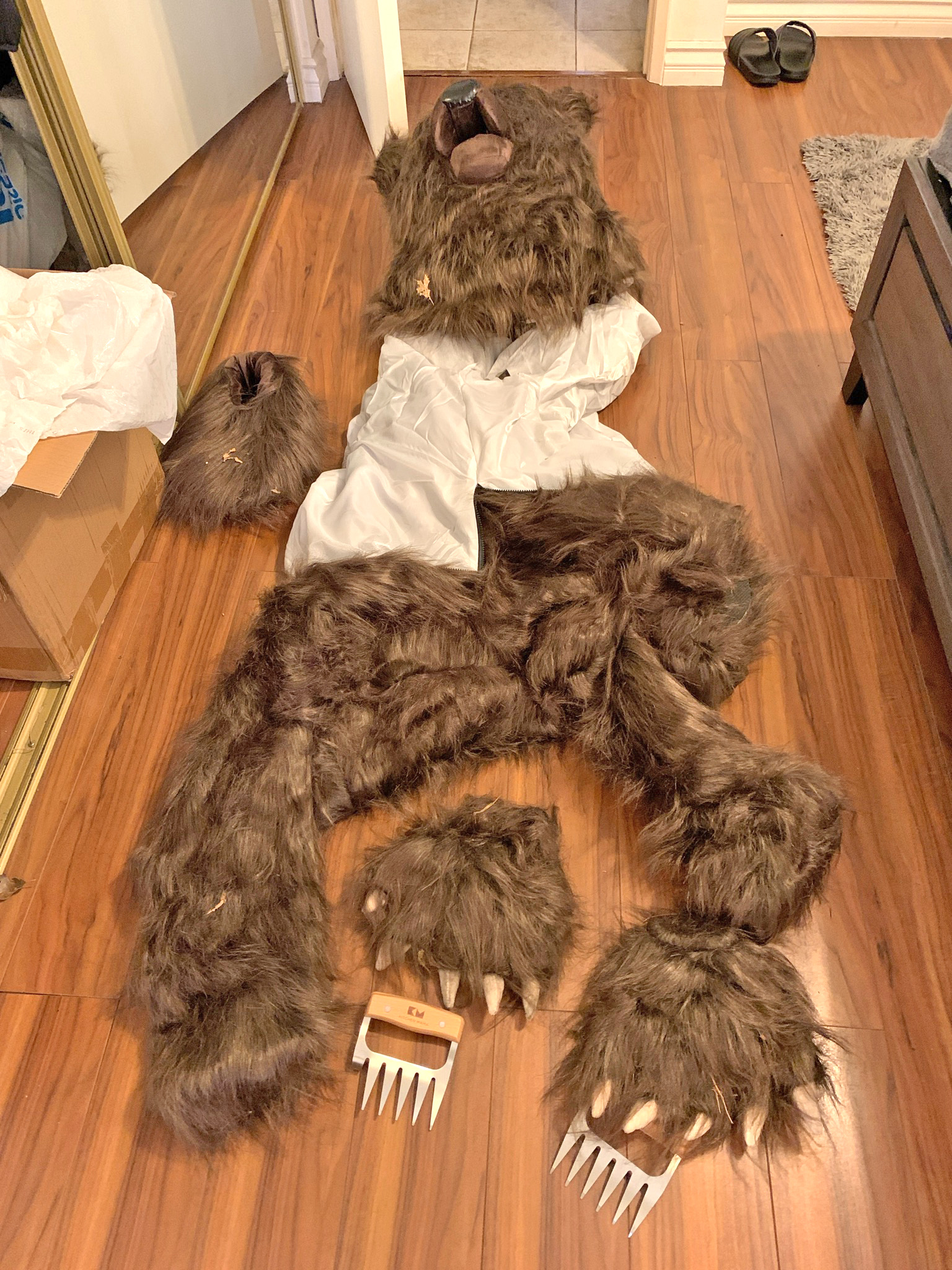Utah Officials Secretly Culled 170 Elk on Church-Owned Deseret Land

In January and February, officials with the Utah Division of Wildlife Resources culled 170 elk on the Deseret Cooperative Wildlife Management Unit, which lies within the Morgan-South Rich Hunting Unit and is owned by the Church of Jesus Christ of Latter-Day Saints. The DWR says this was necessary due to an overpopulation of elk in the area, but the agency had previously tried to keep the operation a secret, according to The Salt Lake Tribune, which broke news of the operation Tuesday.
The Tribune’s reporting was based, in part, on public records that showed state wildlife officials were worried about how public hunters might view the culling operation since they were not invited to participate. This included emails and other messages between state officials, including DWR biologist Xaela Walden, who oversaw the operation and wrote agency officials on Feb. 20, saying: “The media and social media have still been relatively quietly, thankfully.”
Instead of allowing the public to harvest some of the surplus elk population, DWR staff members worked with private contractors to bait and kill more than 150 elk on the Deseret CWMU using suppressed rifles and walk-in traps. They field-dressed and butchered the elk on site after testing each animal for CWD and brucellosis — none of the elk tested positive for either disease — and they ended up with roughly 39,000 pounds of elk meat to donate. Altogether, the operation cost the agency more than $53,000, according to The Tribune, not including costs for employee time, equipment, and fuel.
The Tribune referred to the operation as “likely the state’s largest-ever project to euthanize wildlife.”
Utah DWR spokesperson Faith Heaton Jolley says she is unable to confirm this claim. Jolley explains that the DWR conducted some large culling operations in the 1980s that focused on deer herds in agricultural areas, but that the records for those culls are no longer available.
“We can’t confirm if this is the largest culling effort ever undertaken,” Jolley tells Outdoor Life in an email. “Typically, this strategy is used to mitigate agricultural depredation by big game animals. It is unclear whether this many animals have been removed at one time previously, but we’re hopeful that this management action — coupled with hunter harvest and additional tools in the CWMU rule which was recently updated — will be effective at maintaining the elk population in this unit to keep it to the population objective.”
Speaking to those population objectives, Jolley says the Morgan-South Rich hunting unit that encompasses the Deseret CWMU had an elk population of roughly 7,000 animals during the fall of 2023. This exceeded the unit’s biological carrying capacity (or the number of elk the land could sustain), and it was well over the DWR’s population objective of 4,200 elk. In addition to overgrazing, DWR biologists have blamed the overpopulated elk herd for driving mule deer declines in the unit by competing with the deer for resources.
“As a result, we removed a total of 170 elk on the Deseret Land & Livestock CWMU,” Jolley says. “The meat from the elk was donated to members of the public through local shelters, food pantries, and people on our game meat donation list.”
This level of coordination was possible because Deseret CWMU, like all CWMU’s in the state, is privately owned but managed cooperatively with the state of Utah. These CWMU programs are a unique type of public-private land partnership that provide landowners with vouchers for big game tags, which they can then sell to hunters; as part of that exchange, the DWR requires landowners to provide hunting opportunities to the public that are “comparable to the private hunts.”
Regarding those public hunting opportunities, the DWR decided that inviting public hunters to help with the cull wouldn’t be as effective or efficient as using private contractors. And Jolley says that by the time they made the plan during the fall of 2023, it was too late for the agency to increase the number of elk tags or establish new hunts in the unit. So, the DWR issued a certified of registration that authorized the killing of up to 300 cow elk.
Read Next: Montana Judge Says Landowners Don’t Have ‘Absolute Freedom’ to Kill Elk, and Allowing Public Hunting Doesn’t Infringe on Their Rights
“DWR chose to issue a COR,” Jolley says, “because it fell within current law and policy, could be implemented immediately, had the potential to make sufficient reductions in the elk population, and still provided a public benefit through meat donations.”
Looking ahead to next year, Jolley explains that there should be more hunting opportunities for the public on Deseret and the other four CWMUs located in the Morgan-South Rich hunting unit. In the time since the cull took place last winter, the DWR has proposed a new rule that will issue additional cow permits to hunters who already have an existing CWMU permit. Jolley says the DWR has also established a new harvest objective of 300 cow elk for the Deseret CWMU for the 2025 hunting season, and that the DWR will work with both land managers and public hunters to achieve that number.
“Tools that provide opportunity for the public to harvest elk will be prioritized. If objectives are not met after public hunters have had opportunities to harvest, the CWMUs will be responsible for meeting their objective and the meat from animals removed by CWMUs will be donated to the public,” Jolley says. “CWMUs that do not meet the objectives will be reviewed by the CWMU Advisory Committee and may be placed on probation, be removed from the program, or receive other disciplinary action.”
Read the full article here







